Crosses and calvaries
The Breton and Norman fishermen who visited the Petit Nord often erected crosses and calvaries on their fishing rooms. At least thirty crosses and calvaries are documented, some as early as 1680, and many more are doubtless forgotten. These monuments served several purposes. They were expressions of a deeply rooted Roman Catholic faith: roadside and seaside crosses are common in Brittany in particular. Practically speaking, crosses also served as navigational daymarks and sometimes as markers defining the boundaries of fishing rooms. These monuments probably also served larger purposes, as assertions of French rights on the Petit Nord and, later, as a way of commemorating the French presence in Newfoundland.
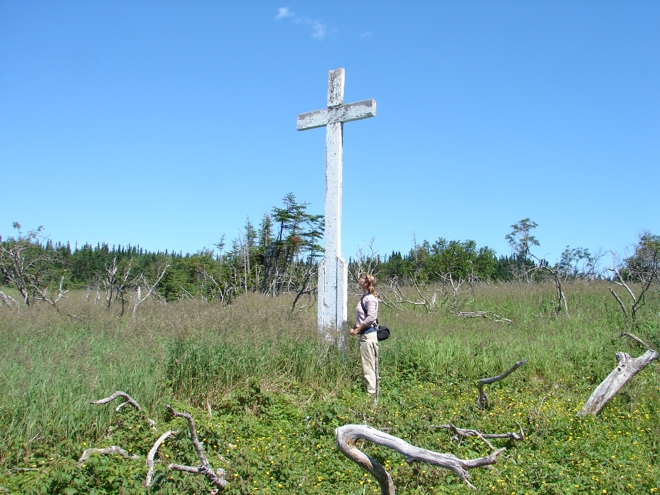
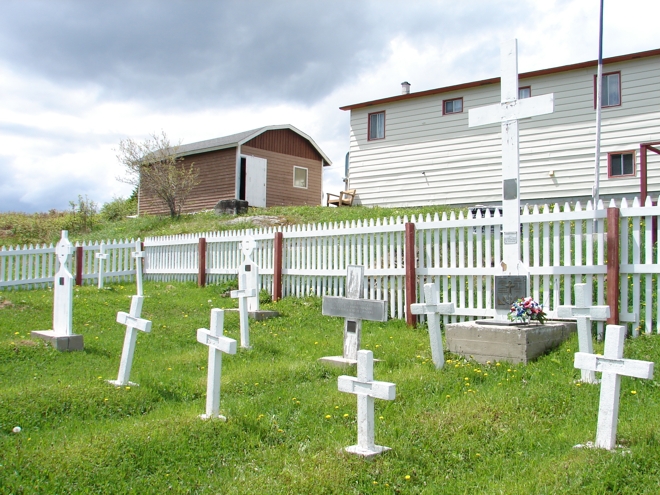
Area Q, Feature 12), inland and above the historic fishing rooms Craquelin and Goguelin.
fishermen who died in Croque in the 18th and 19th centuries.
Archaeology
Until 2013, two monumental oak crosses stood in Cape Rouge Harbour at Champ Paya (EfAx-09, Area D, Feature 991) and Northeast Crouse (EfAx-11, Area Q, Feature 12). Both were rebuilt by the French Navy in 1934, on the sites of 19th-century monuments, to commemorate the French association with the Petit Nord. Both appear to have served as calvaries, located on the escarpment above and away from the fishing room, within small enclosures with associated graves. At Champ Paya archaeologists discovered an earlier cross plinth, much nearer the waterfront (EfAx-09, Area A, Feature 1131). The cross had been set in a rock socket, on a natural promontory overlooking the beach below. Decomposed wood and iron nails were all that remained of the cross itself. On a foggy day, the promontory on which this cross once stood is sometimes the only landmark visible from the sea. It was common in the past, in coastal regions such as Brittany, to use calvaries on the coastline, as navigational daymarks.
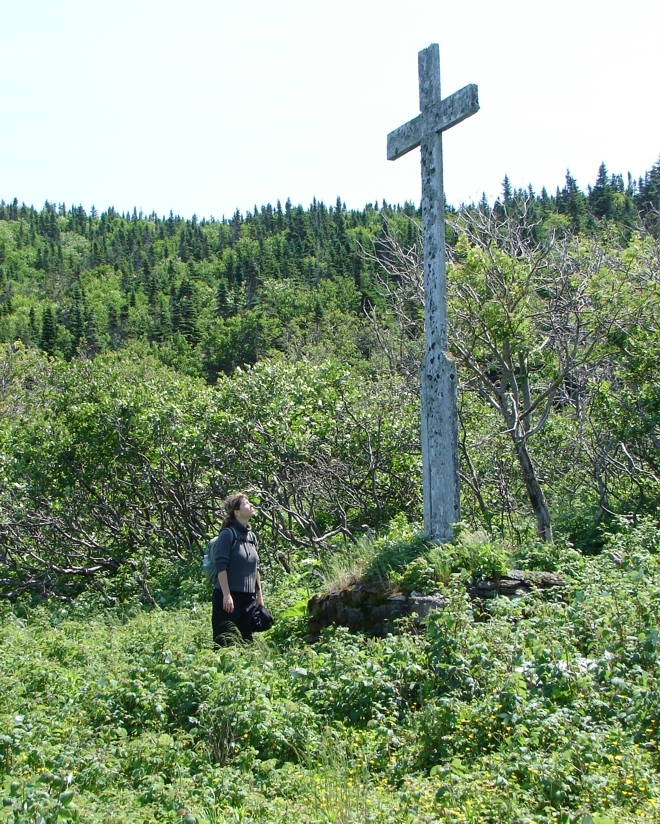
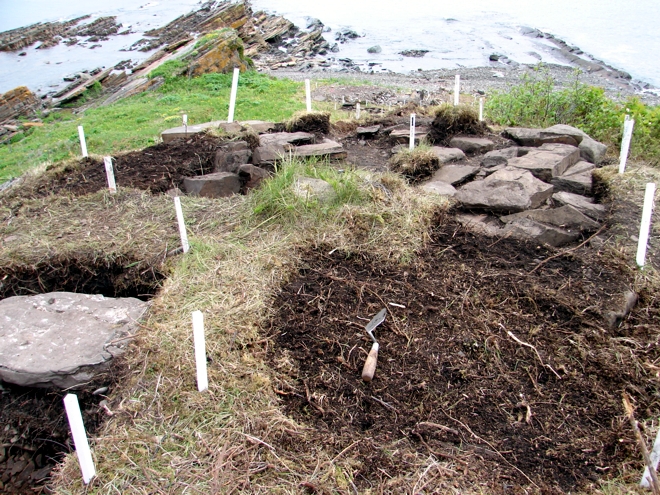
(EfAx-09, Area D, Feature 991).
(EfAx-09, Area A, Feature 1131). The unexcavated tuft of green grass in the centre marks the location of our
survey datum point, which we had chosen, like the French fishermen before us, because it overlooked most of the
site.

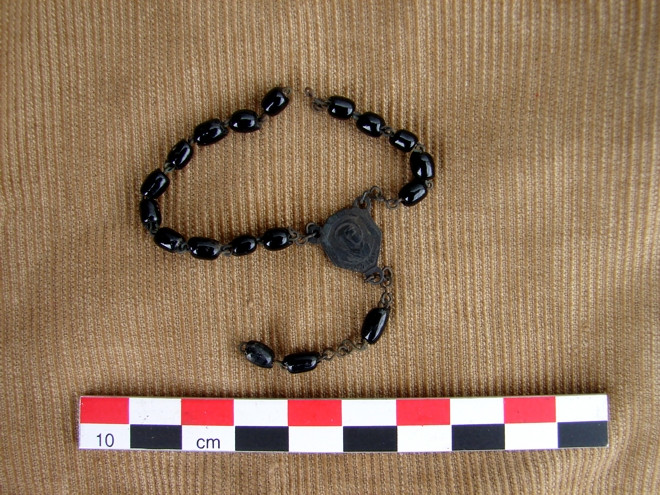
Object #4776).
Canada Harbour (EeBa-04, Feature 17).